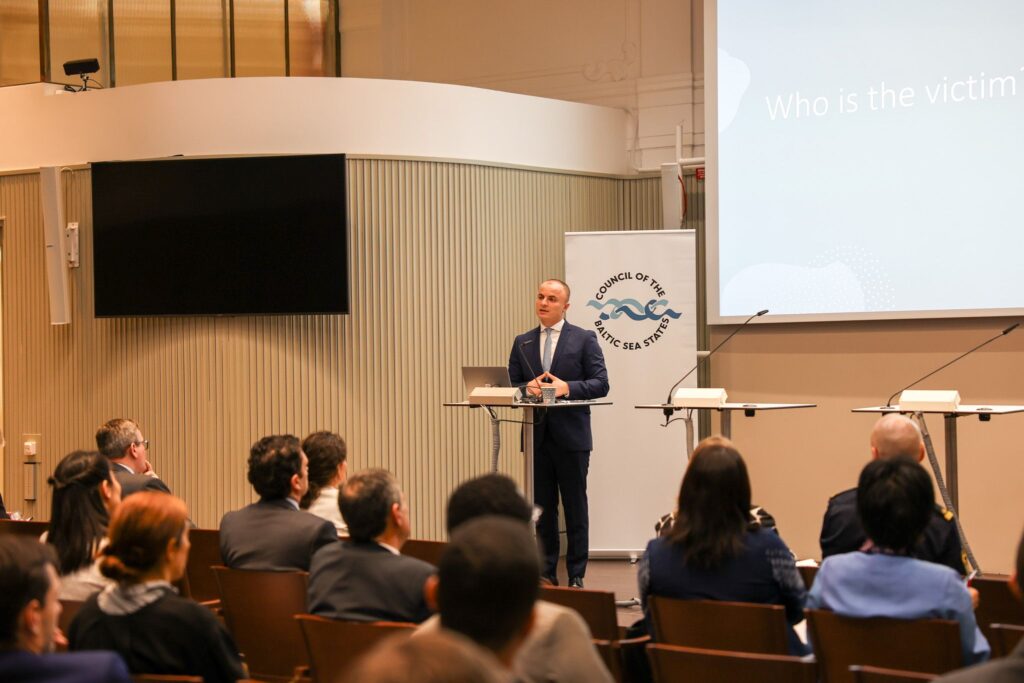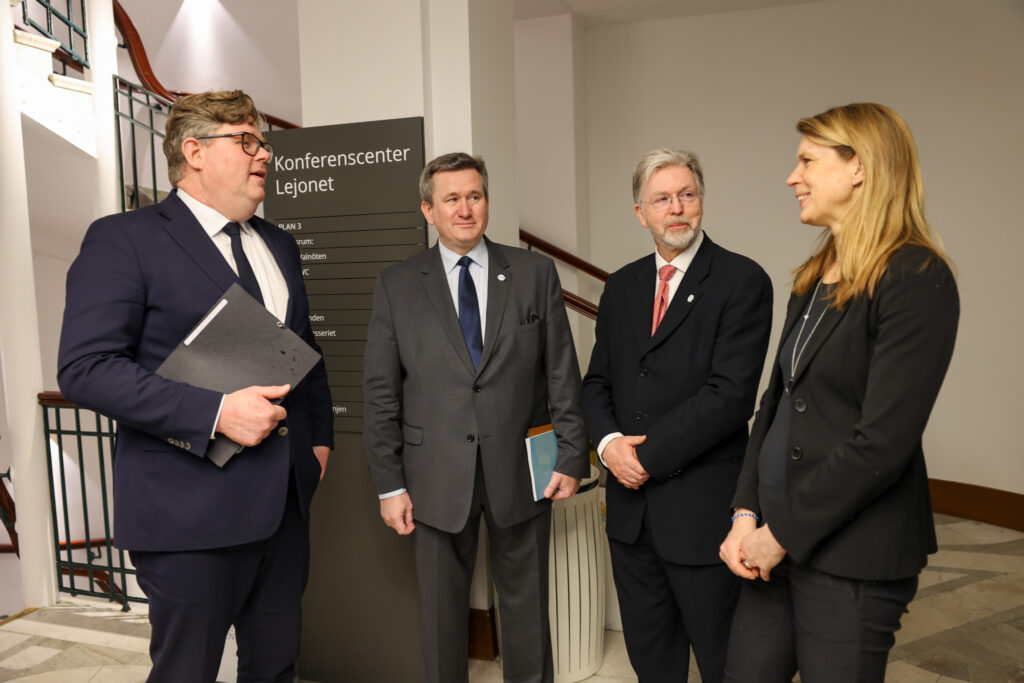The launch of the Handbook for Embassies and Diplomatic Missions on How to Assist and Protect Victims of Human Trafficking in Stockholm
The Swedish Ministry for Foreign Affairs and the Council of the Baltic Sea States held a launch event for the "Handbook for Embassies and Diplomatic Missions on How to Assist and Protect Victims of Human Trafficking" on 23 February in Stockholm. This practical and illustrative guide is intended for use by embassies and diplomatic missions to prevent human trafficking and protect its victims.
The “Handbook for Embassies and Diplomatic Missions on How to Assist and Protect Victims of Human Trafficking” is a product of the Council of the Baltic Sea States (CBSS) and has been developed as a tool for embassies and diplomatic missions to prevent human trafficking, and to identify, refer and assist potential victims. The handbook was first issued in 2011 and has now been revised in cooperation with the Swedish Ministry for Foreign Affairs, the Swedish Civil Society Organisation Child 10 and the International Organisation for Migration (IOM).
“The aim of the handbook is to raise awareness on human trafficking, among diplomats, consular and migration personnel working at the embassies and diplomatic missions of states of the Baltic Sea Region and beyond the BSR. It offers the diplomatic personnel tools to identify and assist victims of human trafficking with a special focus in current revision on victim-centred and the child-rights approach.”
Grzegorz Poznański, Director General of the CBSS
The launch event of the handbook featured welcoming remarks from Mr Gunnar Strömmer, Minister of Justice of Sweden, Grzegorz Poznański, DG of the CBSS, and Annika Wäppling Korzinek, Head of European Commission’s representation in Sweden, followed by an interactive panel discussion on the state of human trafficking and capacity building of embassies and diplomatic missions with experts in the field of human trafficking and Anna Ekstedt, Ambassador at Large for Combatting Trafficking in Persons as a moderator.
It was emphasized that in order to effectively counter trafficking in human beings, activities in the region require continuous multilevel, cross-sectoral cooperation between various actors, including embassies and diplomatic missions.
“Although it is not the role of consular and migration staff at embassies and diplomatic missions to investigate human trafficking, they can play a tremendous part in detecting this crime by learning to recognize it and knowing what to do when it is in front of them. A small decision from a case handler can have a great impact on a victim,” said Edi Mujaj, CBSS Senior Adviser for the Task Force against Trafficking in Human Beings
(TF-THB), who also introduced the handbook.
The updated handbook contains sections on the definition of human trafficking, the international legal framework, risk assessment, chains of assistance and safe return. It has a victim-centred and child-rights approach with a particular focus on the gendered aspects of human trafficking. The purpose is for staff at embassies and diplomatic missions to make use of this handbook when dealing with a situation that they suspect could be a case of human trafficking.
The “Handbook for Embassies and Diplomatic Missions on How to Assist and Protect Victims of Human Trafficking” is now available on the CBSS website.





